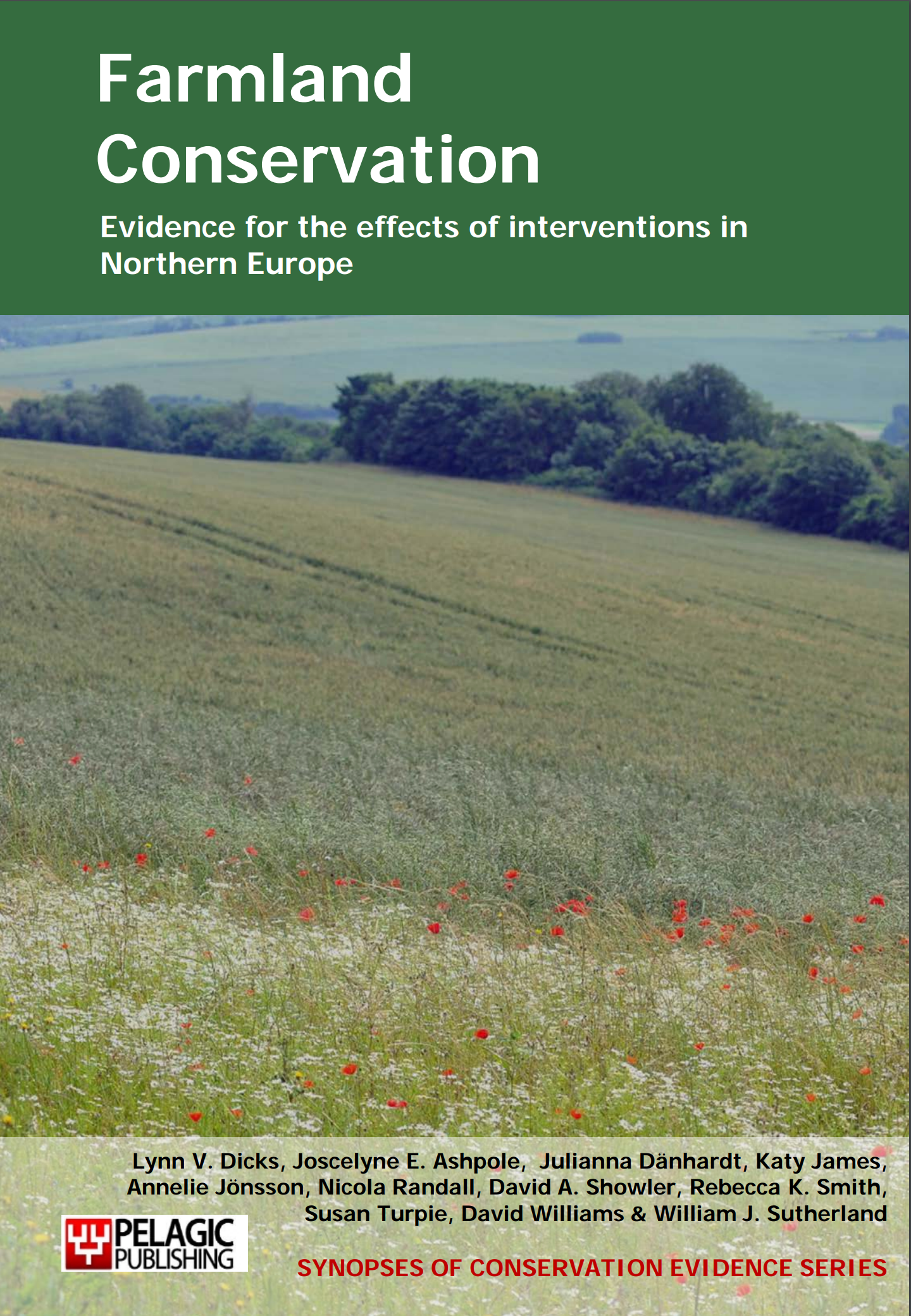Provide training for land managers, farmers and farm advisers
-
Overall effectiveness category Evidence not assessed
-
Number of studies: 1
View assessment score
Hide assessment score
How is the evidence assessed?
-
Effectiveness
not assessed -
Certainty
not assessed -
Harms
not assessed
Study locations
Supporting evidence from individual studies
A recently completed project under the UK’s Rural Economy and Land Use (RELU) programme showed that farmers who were trained in how to implement agri-environment schemes created better quality wildlife habitat, in terms of flower resources for bees (Apidae) and seeds for birds, over five years. This was reflected in local increases in target species of bird and bee. The results from this project are not yet published, but briefly described in RELU Policy and Practice note number 37 (Rural Economy and Land Use Programme 2012). Details of the experimental design are not given.
Study and other actions tested
Where has this evidence come from?
List of journals searched by synopsis
All the journals searched for all synopses
This Action forms part of the Action Synopsis:
Farmland Conservation
Farmland Conservation - Published 2013
Farmland Synopsis





)_2023.JPG)














